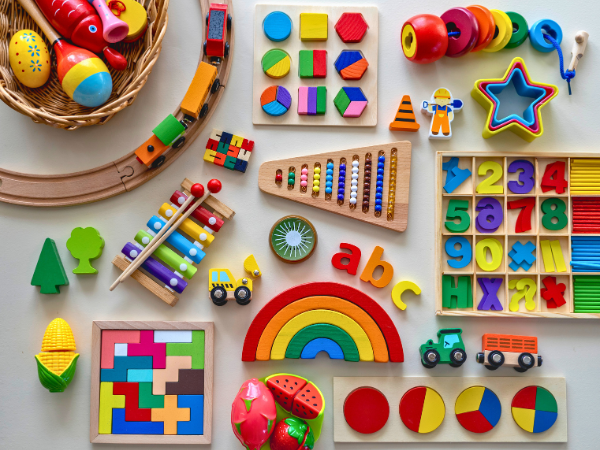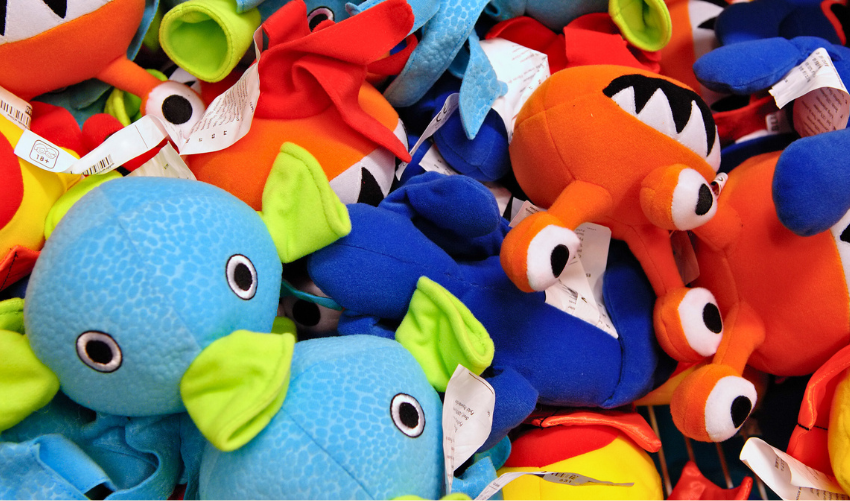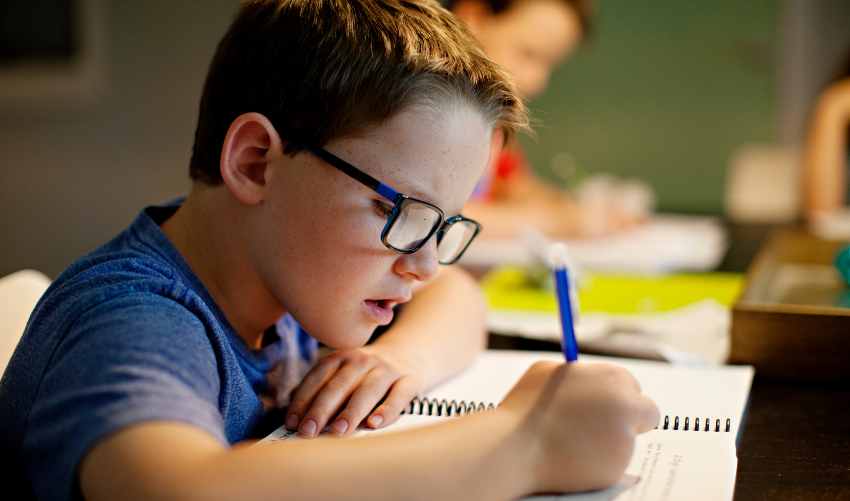As a parent, you want the best for your child. One question that often arises is whether kids should have lots of toys.
On one hand, toys can spark creativity and provide endless fun. On the other, too many toys can lead to clutter and overwhelm.
Introduction: The Modern Toy Mountain
In today’s world, children are surrounded by a vast array of toys. This has led to what some call the “Modern Toy Mountain.” Parents must decide how many toys are too many. Striking a balance is crucial for healthy development and play.
A Common Parental Dilemma
Grandparents and relatives frequently contribute to toy collections, adding to the toy overload. What starts as a few toys can quickly turn into overflowing toy boxes and cluttered playrooms.
This dilemma raises several questions:
- Do more toys mean better play?
- Are children happier with more options?
- How does the quantity of toys affect a child’s development?
Research shows that the quantity of toys can influence a child’s creativity. Too many toys can overwhelm children. They may struggle to focus or choose what to play with. This can lead to:
- A decreased attention span
- A lack of appreciation for possessions
- Difficulty in engaging in imaginative play
It is important for parents to consider the quality of toys over quantity. A well-chosen toy can foster learning and creativity.
Beyond Just “Stuff”: The Impact On Development
The impact of toys on child development is significant. The right toys can enhance learning and social skills. On the other hand, too many toys can hinder development. A cluttered environment can distract children from meaningful play.
Play is essential for growth. It helps develop important skills such as:
- Problem-solving
- Social interaction
- Emotional regulation
The effects of excessive toys can be concerning:
- Children may lose interest in toys quickly.
- They may not learn to share or cooperate with others.
- Overstimulation can lead to frustration and tantrums.
When children have fewer toys, they can focus better. They can appreciate what they have. Simplifying toy collections may lead to more creative play. This shift can positively impact a child’s development.
The Case For Fewer Toys: Nurturing Deeper Play
Fewer toys encourage children to invent new games and scenarios. It promotes resourcefulness and problem-solving skills. This approach creates an environment where kids can engage more meaningfully with their play experiences.
Boosting Creativity And Imagination
Having fewer toys stimulates open-ended and imaginative play. Children are forced to think creatively. They must use their surroundings to create new games. This can lead to some amazing results. Some benefits include:
- Encouraging children to invent new games and scenarios.
- Promoting resourcefulness and problem-solving.
- Allowing kids to explore their imagination freely.
When a child has many toys, they often feel overwhelmed. They can become distracted by all the options. Less visual clutter reduces overwhelm and distraction. This allows children to focus on the task at hand.
Enhancing Focus And Attention Span
Fewer toys can lead to better focus and longer attention spans. With fewer distractions, children can play for extended periods. They dive deeper into their play. This helps develop their concentration skills.
- Leads to longer, more sustained periods of play.
- Encourages children to engage thoughtfully with each toy.
- Improves their ability to concentrate on tasks.
Fewer toys provide clarity. Children can focus on what they have. They can explore each toy’s potential. This deeper engagement supports their cognitive development.
Fostering Gratitude And Appreciation
Fewer toys also help children develop gratitude and appreciation. When children have many toys, they may take them for granted. They may expect new toys without valuing what they already own. Fewer options change this mindset:
- Children value each toy more when there are fewer options.
- Encourages care and responsibility for possessions.
- Reduces the “always wanting more” mentality.
By having fewer toys, kids learn to appreciate what they have. They develop a sense of ownership and care. This nurturing of gratitude can lead to better emotional health.

The Potential Downsides Of Too Many Toys
The potential downsides of too many toys include overwhelm, clutter, and diminished value. These issues can affect children and the entire family dynamic.
Overwhelm And Reduced Engagement
Instead of focusing on one toy, children may flit between toys without deep engagement. This behavior can result in boredom despite an abundance of options.
Here are some signs that too many toys may be causing overwhelm:
- Children show frustration in choosing a toy.
- They often abandon toys quickly.
- They seem uninterested in playtime.
Organizing playtime can help.
Clutter And Stress In The Home
Too many toys can lead to significant clutter in the home. A cluttered environment can make it difficult to keep play spaces tidy and organized. This chaos can contribute to parental stress and frustration. Parents may spend more time cleaning than enjoying family time.
Here are some effects of clutter from too many toys:
- Rooms feel cramped and disorganized.
- Children may become distracted in cluttered spaces.
- It can make the home feel chaotic and less peaceful.
Strategies to reduce clutter include:
- Regularly declutter toys and donate unused items.
- Set limits on the number of toys for holidays and birthdays.
Diminished Value And Appreciation
When kids have too many toys, they may start to see them as disposable rather than cherished. This mindset can hinder the development of self-discipline. A constant influx of new toys leads to a cycle of constant desire for new things.
Here are some ways this affects children:
- Toys lose their value when they are too numerous.
- Children may not learn to care for their belongings.
- Playtime becomes less meaningful and special.
To help children appreciate their toys, consider:
- Encouraging them to choose favorites.
- Teaching them about sharing and giving to others.
Less can be more when it comes to toys. Focus on quality over quantity to enhance playtime.
Finding The Balance: Quality Over Quantity
Parents must consider how toys affect a child’s development and play experience. A focus on quality over quantity may provide the best outcomes for children’s creativity and engagement.
Prioritizing Open-ended Toys
Open-ended toys provide endless possibilities for play. They can be used in multiple ways, which encourages creativity. Unlike toys with a single function, these toys allow children to explore their imagination. When selecting toys, consider:
- Blocks: Perfect for building and problem-solving.
- Art supplies: Foster creativity through drawing and crafting.
- Dress-up clothes: Encourage imaginative play and storytelling.
Investing in durable, long-lasting toys is essential. Flimsy novelties break easily and may lead to frustration. High-quality toys stand the test of time. They can be enjoyed over many years, offering great value.
Open-ended toys also promote active participation. Children engage with these toys at their own pace. This type of play supports their social and cognitive development. Here’s a simple comparison:
| Toy Type | Benefits |
|---|---|
| Open-Ended | Encourages creativity and problem-solving |
| Single-Function | Limited play and creativity |
Incorporating open-ended toys into playtime helps children develop essential skills. They learn to think critically and express themselves freely.
The Role Of Novelty And Rotation
Introducing new toys can maintain a child’s interest. However, it is essential to do this sparingly. Too many new toys at once can overwhelm a child. Instead, consider a toy rotation system. This approach keeps play fresh and exciting.
Store some toys out of sight. Bring them out periodically to spark interest. This can make old toys feel new again. It also encourages children to value their toys more.
Here are some tips for effective toy rotation:
- Choose a few toys to keep out for daily play.
- Rotate toys every few weeks to keep things interesting.
- Observe which toys your child enjoys the most.
Implementing a rotation system can enhance the play experience. It encourages children to explore different toys more deeply. Remember, the goal is to provide a rich, engaging environment for play.
Practical Strategies For Managing Toy Clutter
Practical strategies can help parents keep their space organized while ensuring children enjoy their toys. Here, we explore effective methods for managing toy clutter.
Implementing A Toy Decluttering Routine
Creating a decluttering routine can help reduce toy clutter effectively. It is important to regularly involve children in sorting and deciding which toys to keep. This process teaches them about organization and responsibility. Here are some practical steps to consider:
- Establish a regular schedule for toy decluttering, such as every three months.
- Use a simple sorting method: keep, donate, or recycle.
- Designate specific homes for all toys to make clean-up easier.
Involving children makes the process fun. You can create a game out of sorting toys. This helps them understand the value of each toy and the importance of space. Consider using a table to track what toys stay and what toys go:
| Toy Type | Keep | Donate | Recycle |
|---|---|---|---|
| Stuffed Animals | 3 | 5 | 0 |
| Building Blocks | 10 | 2 | 1 |
| Puzzles | 5 | 3 | 0 |
Consider seasonal or annual toy purges to maintain balance. Set aside time during spring cleaning or after holidays. This helps keep the toy collection manageable and enjoyable.
Thoughtful Gifting Practices
Communicate preferences for fewer, higher-quality gifts to family and friends. This helps set clear expectations and reduces unwanted items.
- Suggest experiential gifts, such as zoo memberships or classes, over physical toys.
- Encourage donations of old toys when new ones arrive.
- Provide a wish list to family members with a focus on quality, not quantity.
Engaging family members in this process is key. Explain how fewer toys can lead to more meaningful play. Children can enjoy their toys more when they are not overwhelmed. Thoughtful gifting leads to a more organized and joyful play environment.





Leave a Reply